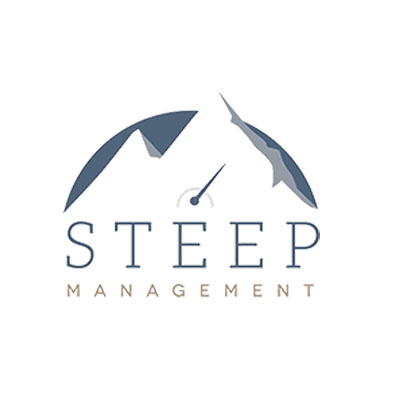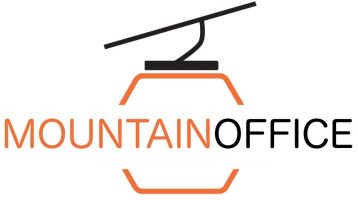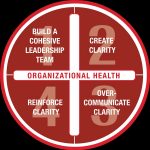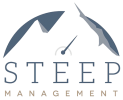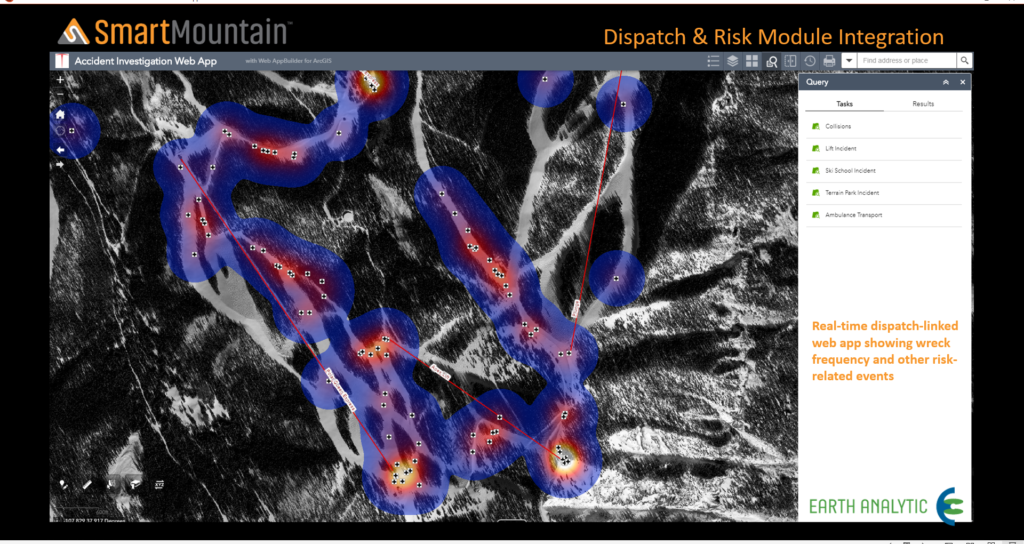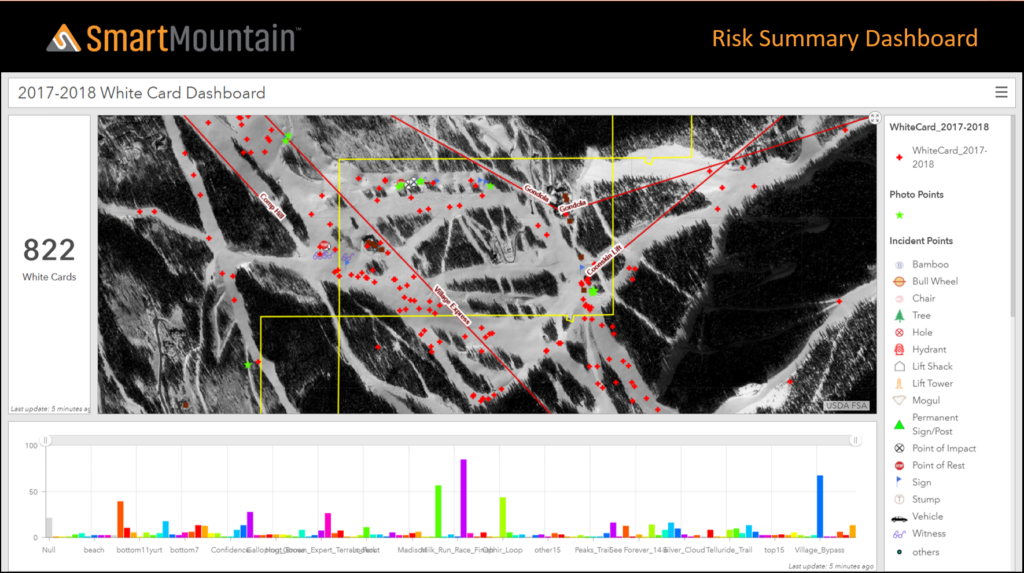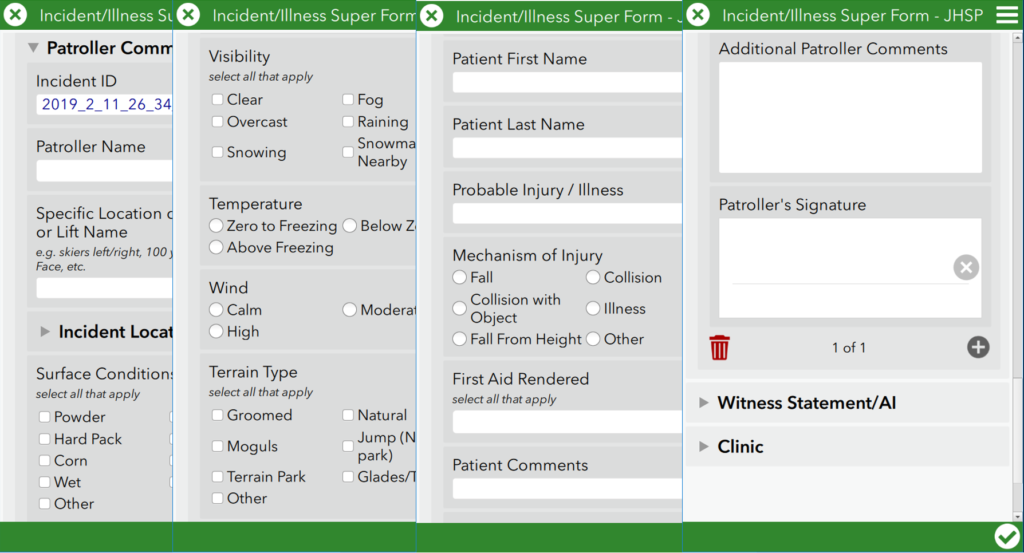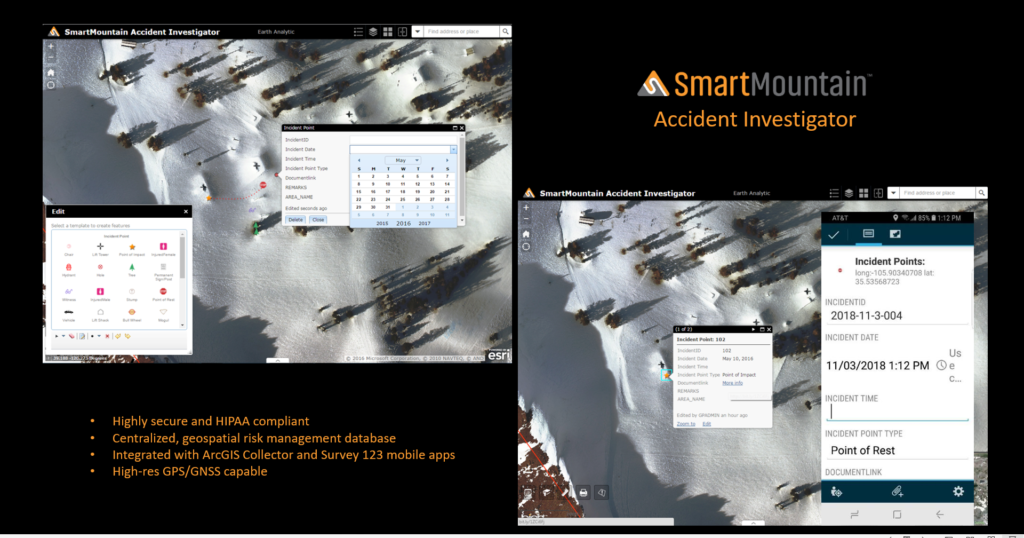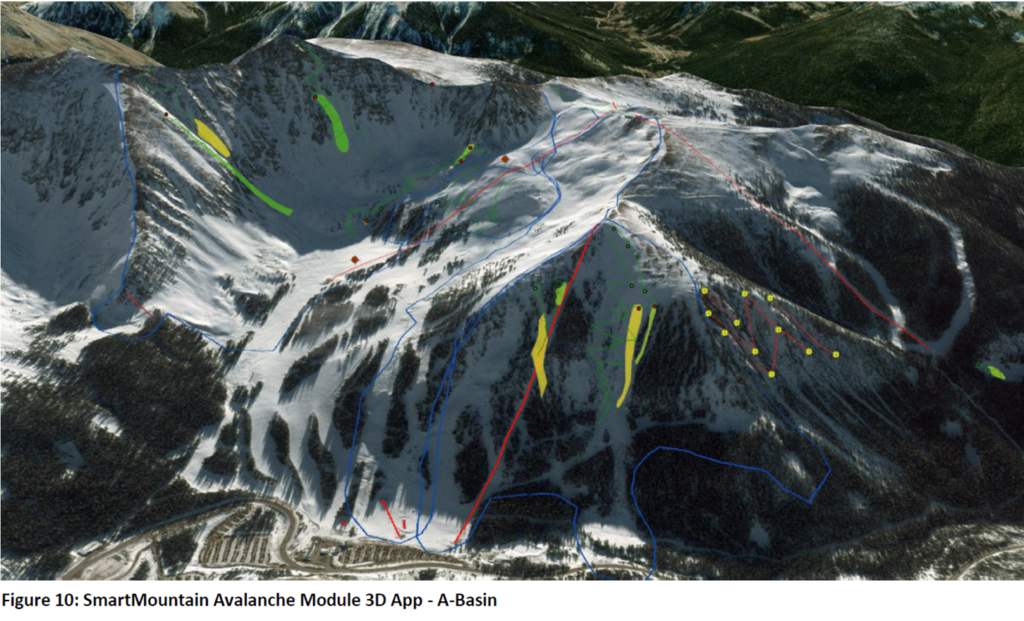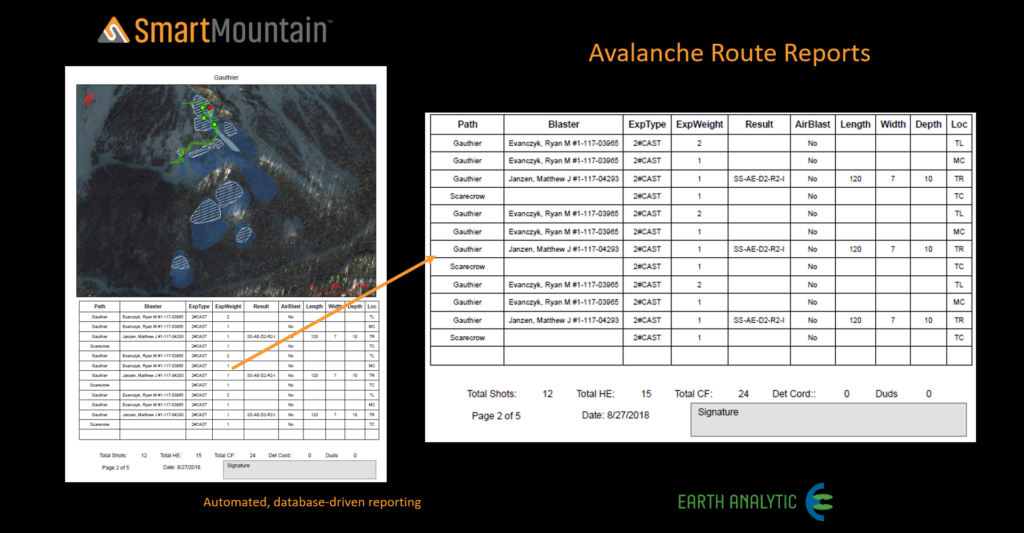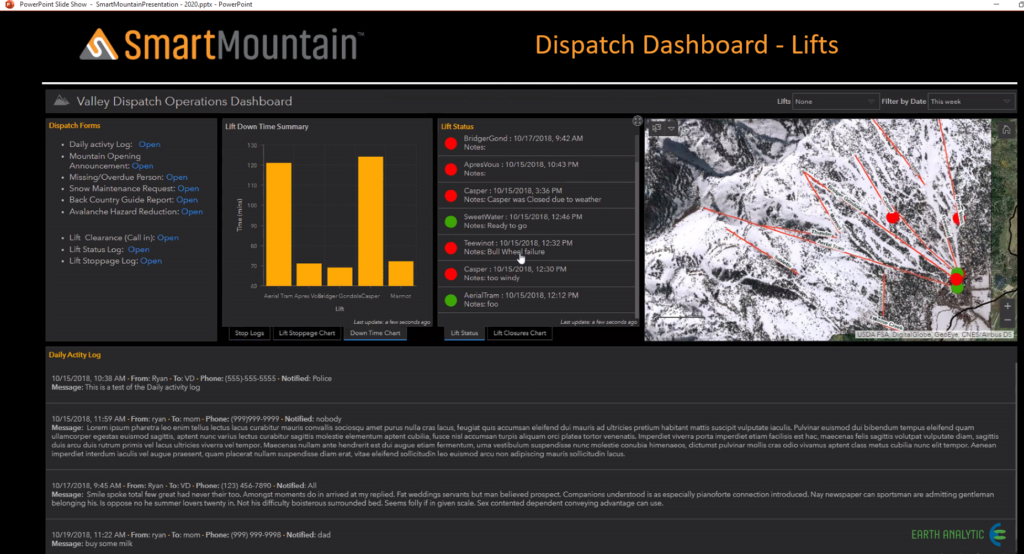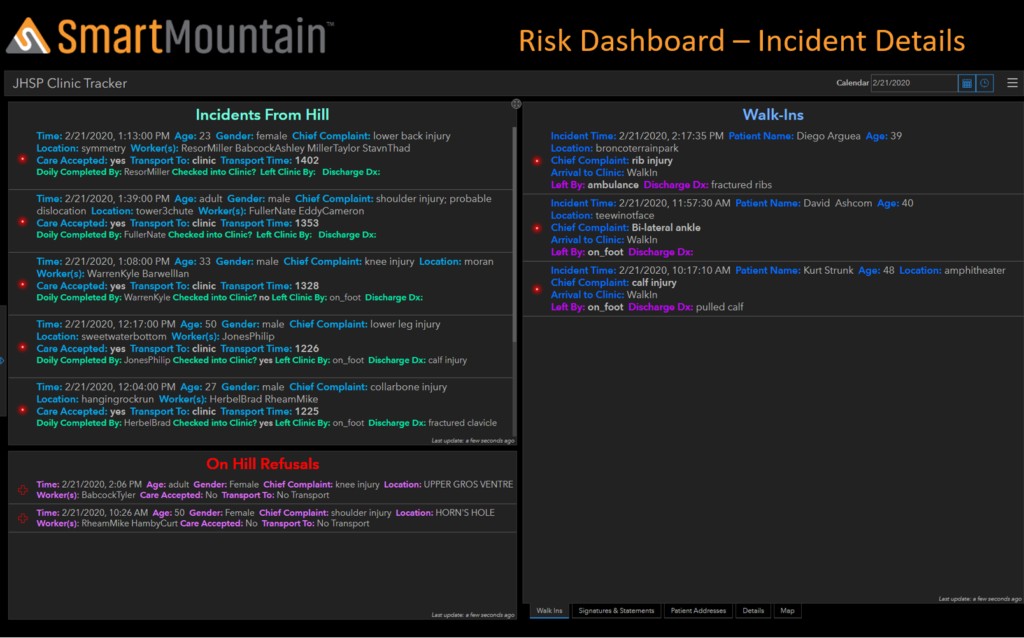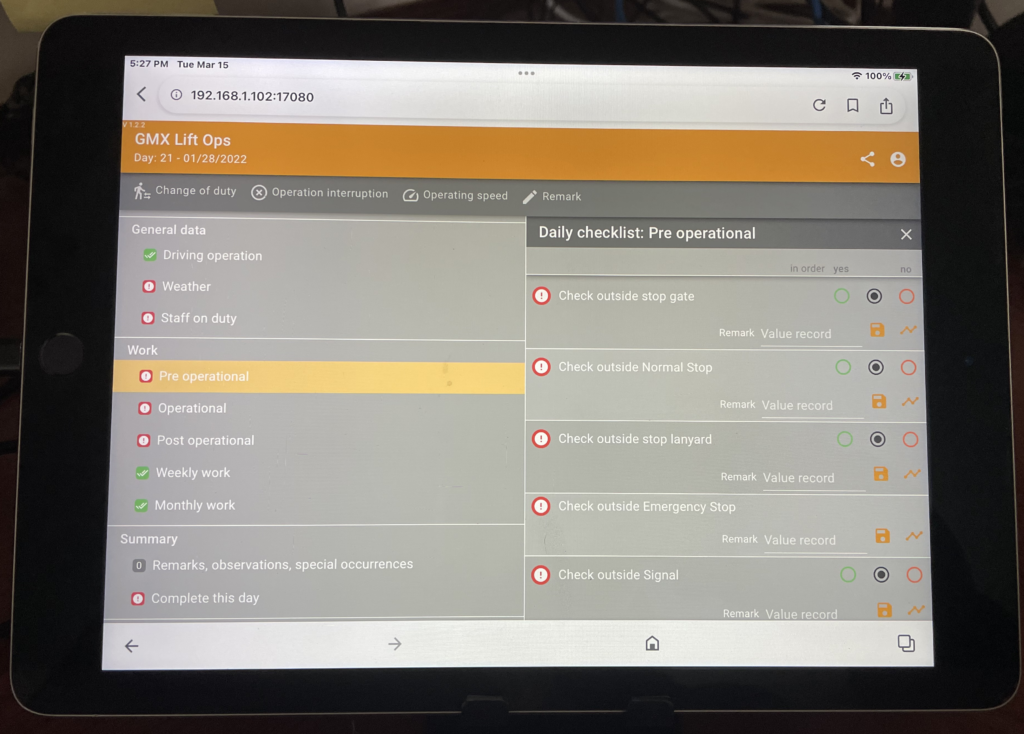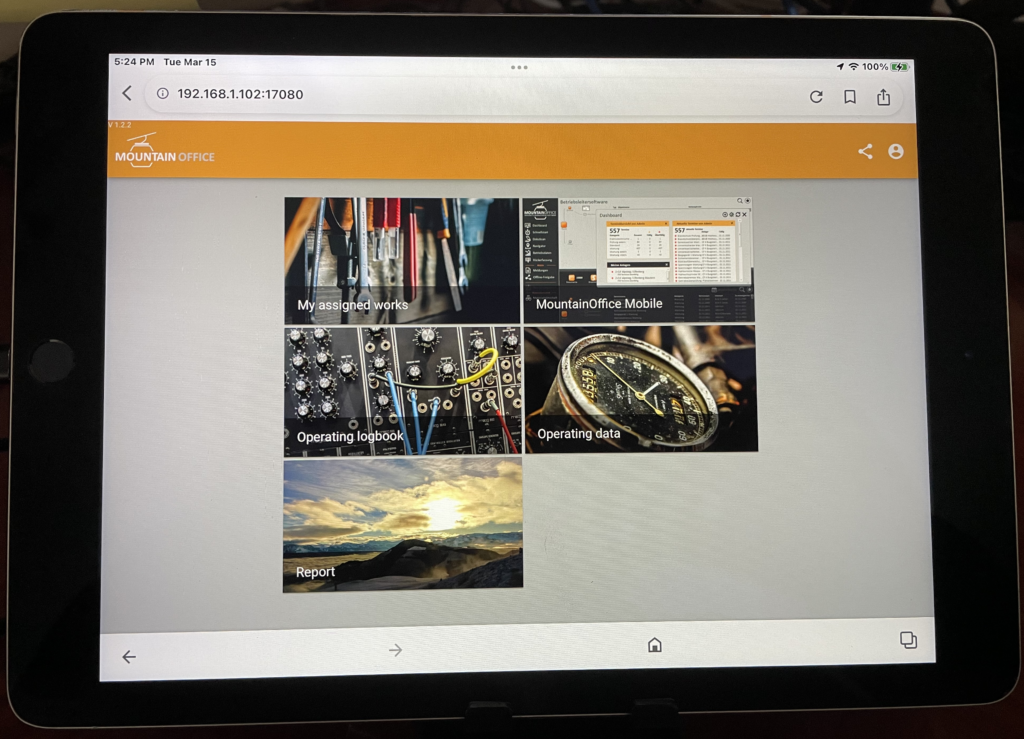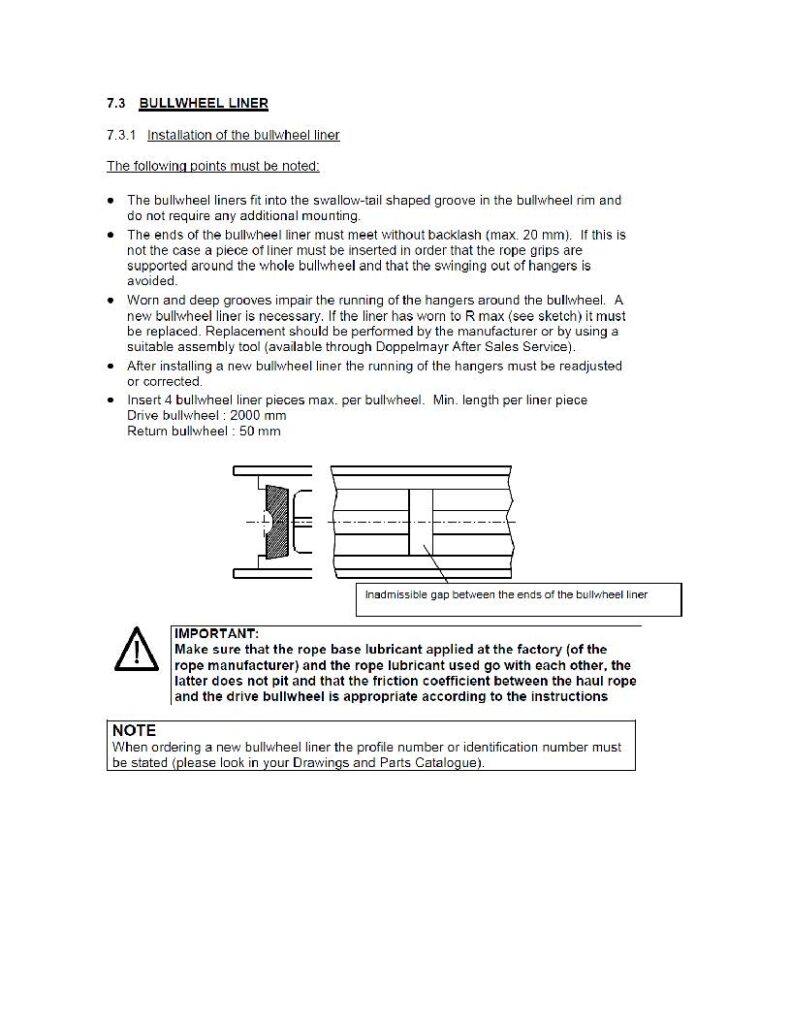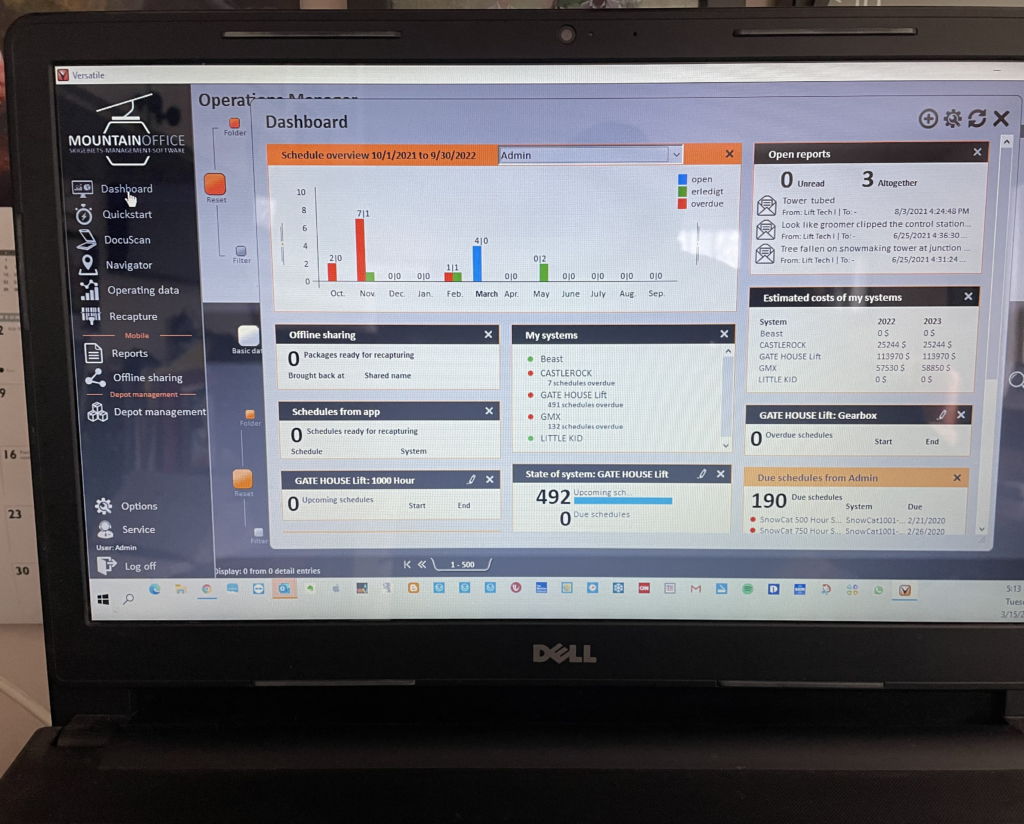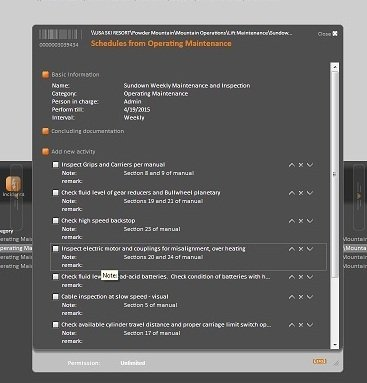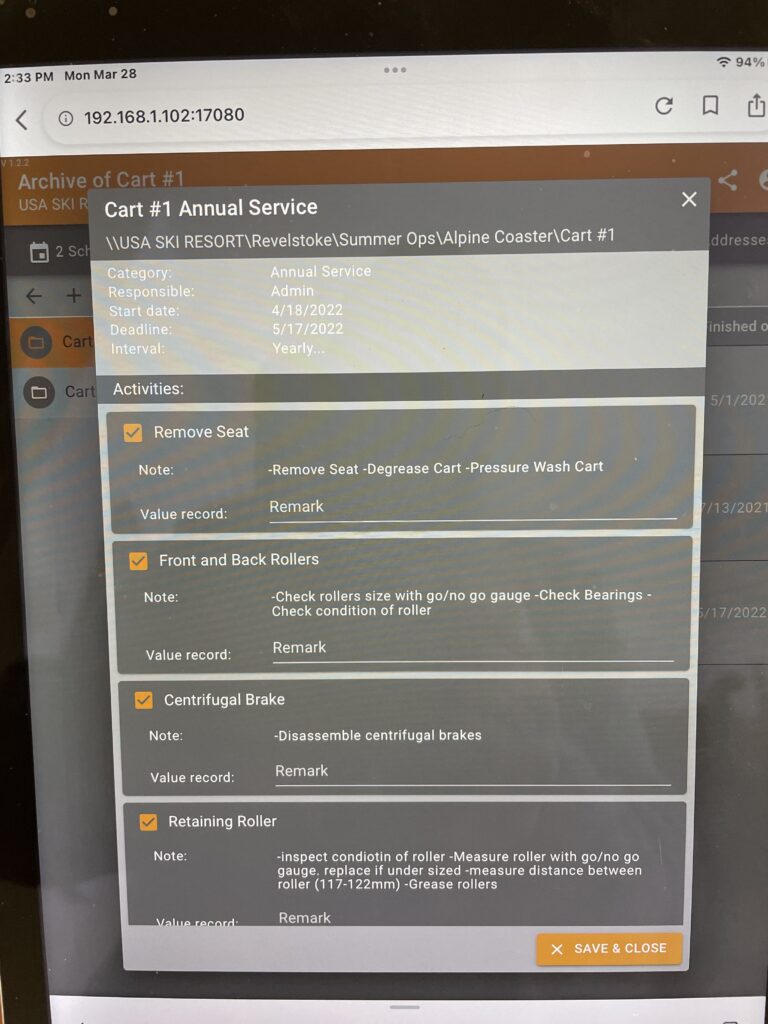Last month I shared how I came about asking the question in the title above. I made the analogy to a three-legged stool and addressed one leg of the stool, engagement, and inclusion. In closing last month’s piece, I said I would address the other two legs in the future. If you recall the two legs to be addressed are compensation and training.
I tackled the low-hanging fruit last month with engagement and inclusion. Took the easy way initially. I say that because the remaining two legs are tough ones to solve, they are solvable but not as easily as engagement and inclusion. Both of these legs have immediate budgetary consequences but long-term favorable ROIs.
Training
Inroads in training have been made in this area over the last few years due to NSAA, RMLA, LMS, and the lift manufacturers. Unfortunately, there is extremely limited capacity for training beginner lift technicians. Colorado Mountain College and Gogebic Community College are the only two institutions providing multi-year programs offering certification. There are other training opportunities but they are not full time The CMC and Gogebic require onsite participation at the schools so there is travel and living expenses plus the tuition.
NSAA through the support of its members has partnered with Colorado Mountain College to offer two outstanding programs.
The first is:
NSAA and Colorado Mountain College (CMC) are delivering online education for lift mechanics at NSAA member resorts across the country. This new online curriculum is being offered free of charge to help increase the lift maintenance knowledge at your ski area and supplement existing educational opportunities.
Ten online learning modules are available to all NSAA members and their employees. Each class is designed to be completed by individual lift mechanics, allowing them to learn at their own pace and select topics that they need the most.
This program is free and from my perspective is worth the annual fee of being an NSAA member if you aren’t.
The second is:
THE LIFT MAINTENANCE SERIES – this is a series of recordings of NSAA live webinars with industry and ropeway experts on topics below, open to all employees of NSAA member ski areas.
- Reading Electrical Schematics – The “How To”.
- Documentation and Record-Keeping Best Practices.
- Basics of Electricity.
- Troubleshooting Comm Lines and Deropement Switches.
- Lift Maintenance Resource Guide – Creating Procedures.
- Bearing Maintenance with Emerson.
- Gearbox Maintenance and Inspection with Artec.
- What to Expect from the Inspector.
- Maze Design, Load & Unload Ramp Setup.
Again, free but open to employees of NSAA members.
The lift manufacturers, Doppelmayr and Leitner/Poma offer programs either on-site or at their facilities in either Salt Lake, UT, or Grand Jct., CO.

These programs while all excellent have some requirements albeit not overly onerous, and out-of-pocket costs to participate. Certainly, the costs are not over the top, but management has to be willing to budget these funds.
Rocky Mountain Lift Association(RMLA), and Lift Maintenance Seminar (LMS) are spring events held each year for 4 days. RMLA in Grand Jct., Colorado, and LMS in Hancock, MA. Great training on a variety of technical and management subjects relating to lifts. Cost is minimal but travel and lodging can be a blip in your budget if not funded. Again, management has to be willing to fund this training annually for the entire lift maintenance team, in my opinion. Yes, if you are still open all lift technicians can’t attend.
The best solution for training, in my opinion, is to develop an in-house training program that all lift technicians have to participate in regardless of their level or length of service. The higher levels and more senior technicians should be the teachers in the program. NSAA provides the guide to develop the curriculum with The NSAA Lift Maintenance Training Resource Guide. Utilizing the Resource Guide and the two online programs, an excellent training program can be built for your lift maintenance team.
The keys to making your in-house training program work are:
- Full management support and commitment to the program – meaning funding the time to develop the program, funding the staff participation in the program, and funding the other resources necessary to support the program.
- Making the program mandatory and continuous – – continuous performance improvement for all.
- Same time, same place every week.
- Tracking participation and work experience by lift component for all.
- Roundtable discussion at least quarterly to provide feedback, both ways on the program and on how the staff is doing in the program.
The benefits are many of an in-house training program.
- The ski area is consistently building its skill depth and broadening the team’s capability.
- The senior technicians gain confidence in themselves and have a greater purpose in their job which translates to a higher probability of retention of skilled staff.
- The newer technicians develop respect for their colleagues as information is shared and discussed.
- The entire department becomes a cohesive team, developing trust, commitment, and accountability.
- An in-house program builds retention through engagement with the team.
- The cost of running an in-house training program is significantly less than the recruiting cost and onboarding cost of bringing new lift technicians onboard.
To build such a program takes effort from several folks. The leader of Mountain Operations and the Lift Maintenance Director or Manager and someone from your Human Resource department. For smaller ski areas where there may not be as defined an organization chart, have the GM involved with all those who do lift maintenance throughout the course of the year. The lift maintenance team may only be 3-5 people, but you can still follow and use the NSAA Resource Guide and track the participation and work of each person, you can still meet weekly, and you can have quarterly roundtable discussions about your lift work. You will gain the benefits described above.
Lift Maintenance Training is a must, it should not be ignored or downplayed for some other activity or budget item.
Compensation
I have left the most challenging till the end. It could be quite simple to fix by just throwing money at the team and saying I’m done with it. Regrettably, that won’t work You might get a few smiles and thank you’ s initially but the problem will be right back in your lap.
The first step is for there to be a coherent pay structure. A structure should produce fairness but not sameness. Developing a compensation structure is hard work and time-consuming but, in my opinion, it is the only way to solve the compensation issue. Compensation needs to be aligned with Culture and Strategy (There I go again talking about Culture).
To keep this simple, Ski Resort XYZ’s strategy is to run a simple ski area but have the best on-hill service possible, smooth-running lifts, excellent grooming, powerful snowmaking, and top shelve friendly interaction with guests at every touchpoint. Ski Resort XYZ has simple fixed-grip lifts, a robust snowmaking system with plenty of air and water, and an adequate grooming fleet. To enact this strategy, Ski Resort XYZ has built a pay structure based on the philosophy that the people who make the ski area run are not a cost but an investment, full-timers, and seasonal staff. This philosophy has created a culture where people are paid more but there are fewer of them as compared to other ski areas.
This structure reflects well-defined jobs with set deliverable expectations and expectations for improvement. Note: The NSAA Lift Maintenance Resource Guide will help you set the different job levels for lift maintenance and the deliverable expectations for each level. The structure has set low, average, and top performer pay rates for each level with each department. This information is distributed to everyone within the departments. Full transparency. Pay rates start with a living wage for the area and all rates above the starting rate are based on paying 75% of the relative value of an employee’s skill in the labor market. There is an annual review of all jobs at the resort to make sure there is internal and external fairness in the pay structure.
The Ski Resort XYZ pay structure (oversimplified for instructions purposes) has built a good jobs strategy, where higher-paid staff means less staff and higher profits. I know there will be many doubters that this could work in the ski area world, especially with seasonal staff. It can work and does work.
The three-legged stool is in play at all ski areas and if any one of the legs is not tended to, the stool falls over. Think of your staff as an investment, a long-term one, engage with them, train them and pay them fairly. You probably will not have a hiring issue and your retention rate will increase significantly.
